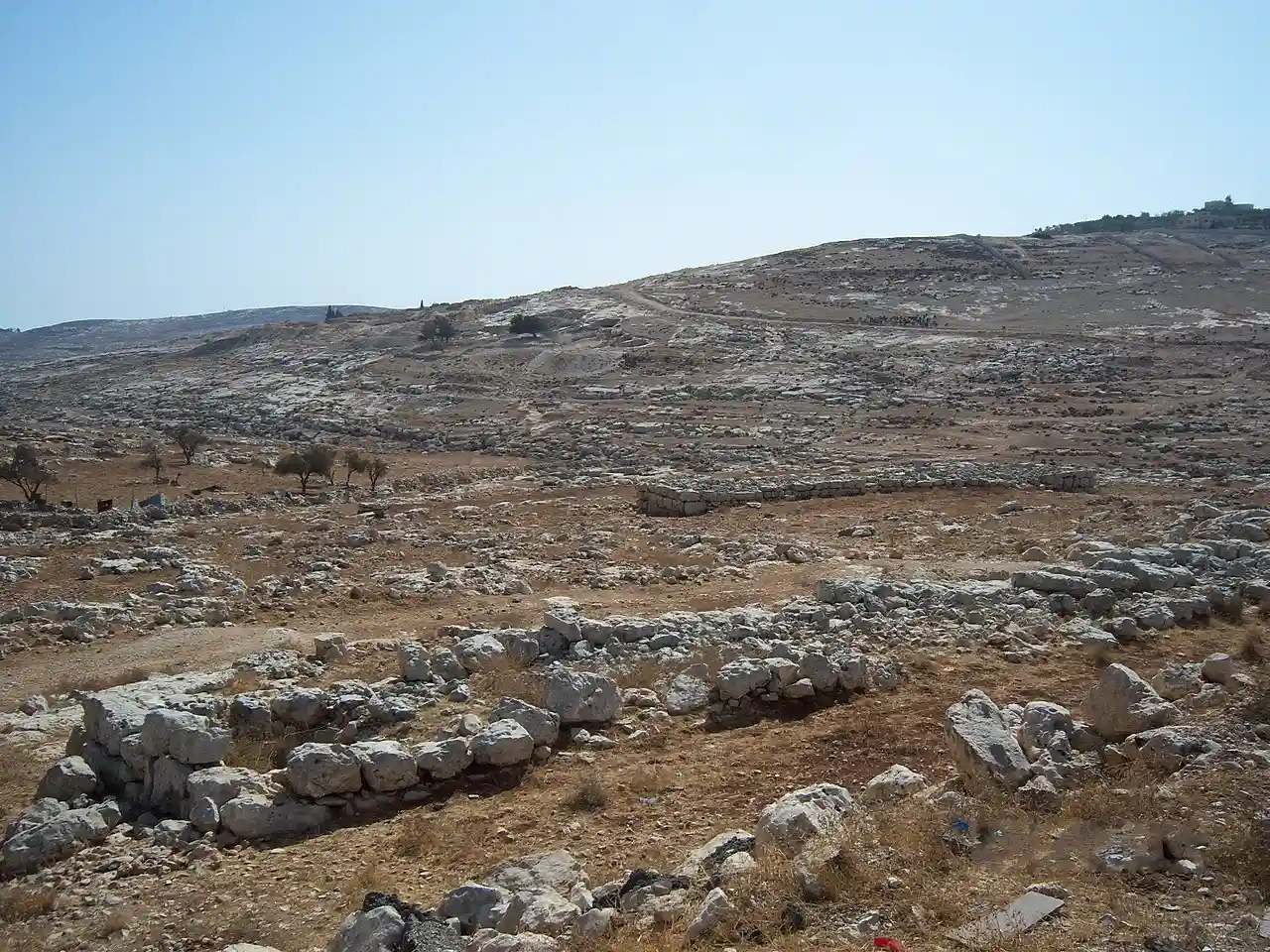 Tomb of Rachel - Credit: Wikimedia Commons
Tomb of Rachel - Credit: Wikimedia Commons
 Tomb of Rachel - Credit: Wikimedia Commons
Tomb of Rachel - Credit: Wikimedia Commons
Rachel's Tomb ( Qǝbūrat Rāḥēl; Modern Qever Raḥel; Qabr Rāḥīl) is a site revered as the burial place of the Biblical matriarch Rachel. The site is also referred to as the Bilal bin Rabah mosque (). The tomb is held in esteem by Jews, Christians, and Muslims.: “Rather than being content with half a dozen or even a full dozen witnesses, we have tried to compile as many sources as possible. During the Roman and Byzantine era, when Christians dominated there was really not much attention given to Rachel's Tomb in Bethlehem. It was only when the Muslims took control that the shrine became an important site. Yet it was rarely considered a shrine exclusive to one religion. To be sure, most of the witnesses were Christian, yet there were also Jewish and Muslim visitors to the tomb. Equally important, the Christian witnesses call attention to the devotion shown to the shrine throughout much of this period by local Muslims and then later also by Jews. As far as the building itself, it appears to be a cooperative venture. There is absolutely no evidence of a pillar erected by Jacob. The earliest form of the structure was that of a pyramid typical of Roman period architecture. Improvements were made first by Crusader Christians a thousand years later, then Muslims in several stages, and finally by the Jewish philanthropist Moses Montefiore in the nineteenth century. If there is one lesson to be learned, it is that this is a shrine held in esteem equally by Jews, Muslims, and Christians. As far as authenticity we are on shaky ground. It may be that the current shrine has physical roots in the biblical era. However, the evidence points to the appropriation of a tomb from the Herod family. If there was a memorial to Rachel in Bethlehem during the late biblical era, it was likely not at the current site of Rachel's Tomb.” The tomb, located at the northern entrance to the Palestinian city of Bethlehem, next to the Rachel's Tomb checkpoint, is built in the style of a traditional maqam, Arabic for shrine. Read more on Wikipedia
Source: en.wikipedia.org